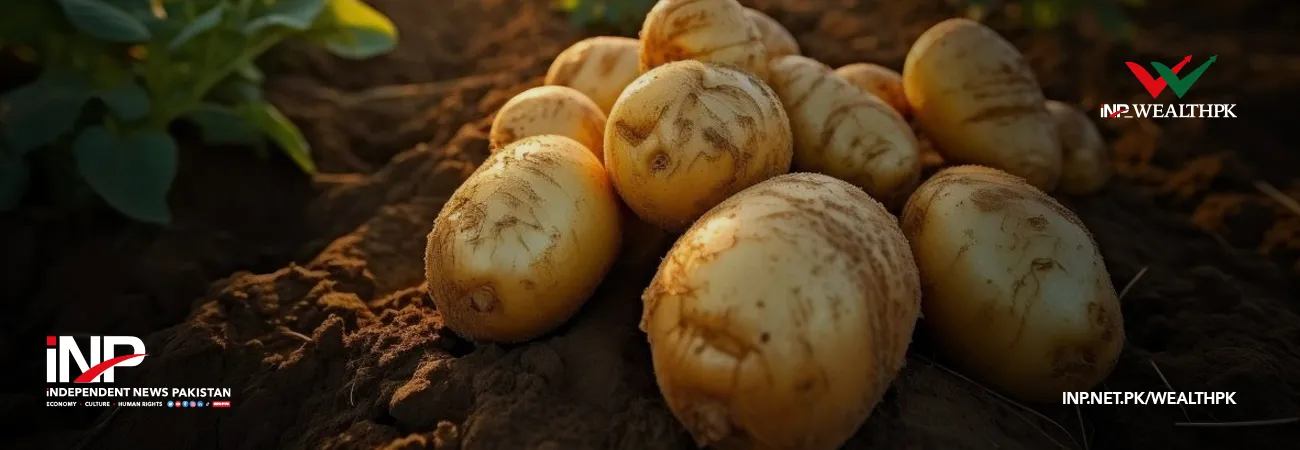INP-WealthPk
By Arsalan Ali Islamabad, May 18, (INP-WealthPK): Climate change and extreme weather events exacerbate food production vulnerability and are major contributors to food inflation. Temperature changes impact on agricultural productivity, causing food scarcity. As a result of excess demand surpassing supply, prices skyrocket and inflation soars. In an exclusive talk with WealthPK, Sarah Nizamani, Research Fellow at the Institute of Business Administration, said climate issues such as floods, droughts, heatwaves, and rainfall/monsoon patterns have impacted on agricultural productivity and land degradation. Soil degradation is one of the major factors contributing to lower yield per capita of major crops as a result of climate change, she added. She said an increase in population had led to an increase in demand for vegetables, pulses, fruits, wheat, rice, cotton, and maize and suggested that modern technology should be used in order to meet the needs of an increasing population, otherwise, climate change will be a major impediment to meeting the required demand. ‘’This year, we have not met the wheat target due to adverse weather conditions. This will lead to food insecurity. The excess demand exceeding supply will thus lead to food inflation,’’ she added. Sarah further said imports of these goods will further increase inflation in the country and put a negative effect on the trade deficit. Dr. Muhammad Asif, scientific officer at the Pir Mehar Ali Shah Arid Agriculture University, told WealthPK that the rising temperatures and precipitation have had their negative impact on the agricultural productivity. Climate change increases crop disease and pest attacks. As a result, farmers use more fertilizers and pesticides to grow crops, raising the input cost of raw materials which leads to increased food prices, he added. Asif said the changing monsoon pattern had increased dependency of the farmer on the underground water which was an alarming situation. This will speed up depletion of the underground water resources, he added. Extraction of underground water by using tube wells has increased the input cost for farmers due to which the prices of goods in the market have registered an increase, he said. The agricultural areas of the Potohar region were affected badly due to the erratic monsoon patterns because this area is mostly irrigated by the rainwater, he added. Asif said water shortage in many areas had forced the farmers to migrate to the urban areas and many farmers had adopted other occupations for their survival. Owing to the migration of farmers, the cultivation area has decreased which will increase food insecurity in future, he remarked. In terms of groundwater, Pakistan is currently extracting 49 million acre-feet (MAF) from underground aquifers. This has already crossed the sustainable limit of safe yield. Owing to excessive use, the groundwater level is rapidly falling. Since 1960, the underground water has been depleting at a rate of one meter per year, which equates to 3.37 feet per year. The minimum underground water level in 1960 was 5.7 meters and the maximum was 15.695 meters, whereas the minimum level in 2018 was 23.500 meters and the maximum level was 50.150 meters. The farmers should use advanced watering methods like drip and sprinkler irrigation systems and policymakers need to rethink water policy by urging the recycling of wastewater.













